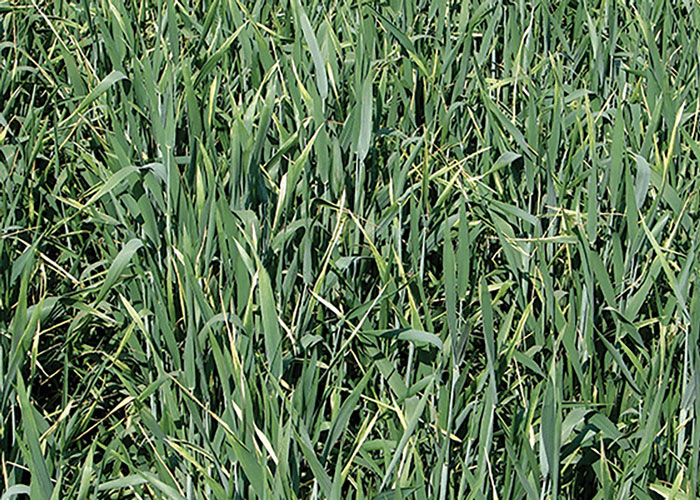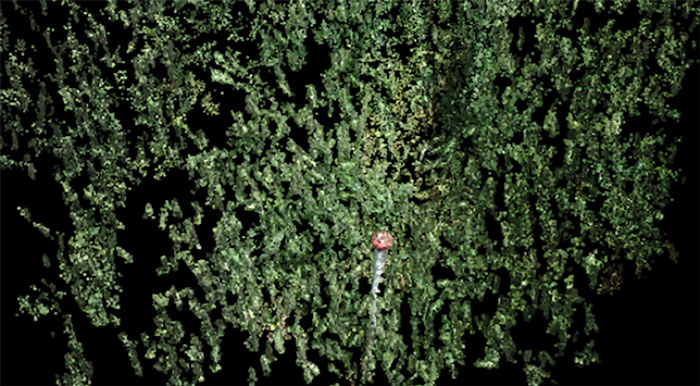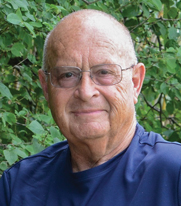The problem of “not seeing the forest for the trees” may have a solution with 3-D technology being used to estimate biomass of cover crops growing in farm fields. In this case, the “forest” is a stand of cereal rye, and the “trees” are estimates of the amounts and even distribution of biomass produced by the standing rye in fields under study in North Carolina, Iowa and Texas.
The effort is part of a collaborative project which began in 2021 between USDA’s Natural Resources Conservation Service (NRCS) along with scientists at Iowa State Univ., North Carolina State Univ. and Texas A&M Univ. Funded through a Conservation Innovation Grant (CIG), the project seeks to better estimate the effects of cover crops, particularly cereal rye, on weed suppression in the ongoing battle to better control herbicide-resistant weed varieties.
The NRCS project focused on cereal rye, a cover crop widely used throughout the U.S. because of its broad suitability in varying climates and its high biomass production potential. Also, cereal rye biomass reaches levels high enough to effectively suppress weed emergence and establishment.

This still shot by NCSU graduate student, Dr. April Dobbs, shows a normal exposure of a plot of standing cereal rye. Dr. April Dobbs
During the experiment, principal investigator Dr. Ramon Leon, associate professor of weed biology and ecology at North Carolina State, and researchers from the three schools have pioneered the use of hand-held GoPro cameras to precisely estimate and map actual cover crop biomass in stands of actively growing cereal rye.
Dr. Leon explains the GoPro cameras are used to take aerial videos of standing cover crops which are then analyzed using a technique called “Structure-From-Motion” which recreates the cover crop canopy in a 3-D format.
“The use of 3-D images provides a more realistic and accurate quantification of density, growth and biomass of the cover crop than would 2D images,” he explains. “This is particularly useful since cover crop growth can be patchy in fields, making biomass estimation difficult.

This image from Dobbs was produced using an aerial video analyzed with Structure From Motion technology to more accurately show images of the growing cover crop and the distribution of plants beneath the canopy. Dr. April Dobbs
Once the 3-D renderings have been generated, the image gives growers a map showing cover-crop biomass throughout their fields. The GoPro cameras are also used to generate heat maps of the field showing areas of high and low cover crop biomass.
“Since cover crop production helps with weed suppression, this method can be used in predicting expected weed suppression levels in different areas of the field. Areas with the lowest biomass estimates may be the most likely to have late-season weed escapes,” Dr. Leon added.
Future research in the project will examine how accurately the method can predict late-season weed escapes in the field and optimize how 3-D technology can be used to estimate biomass, including testing the method in mixtures of grasses and broadleaf species.






